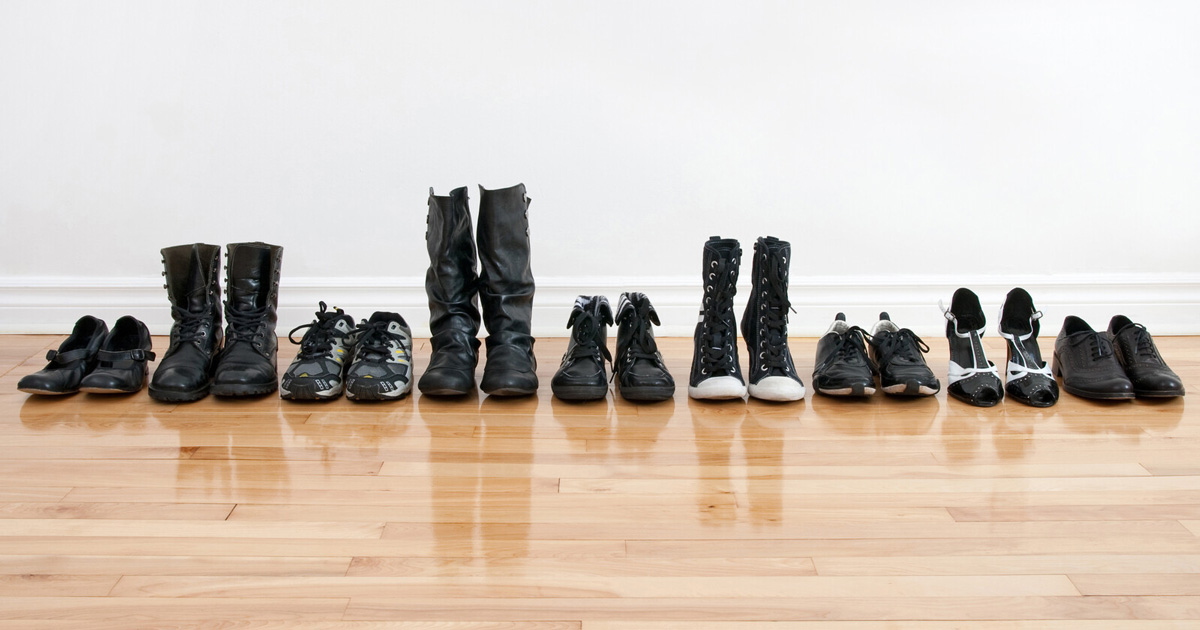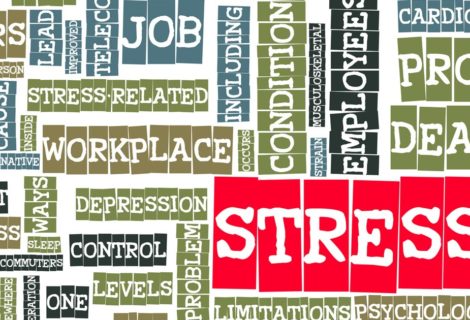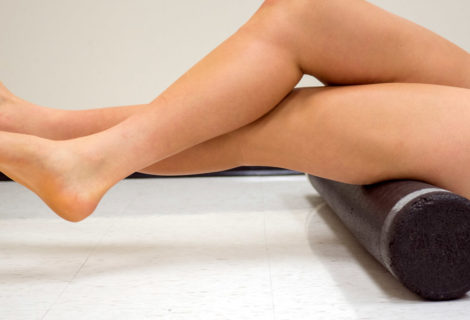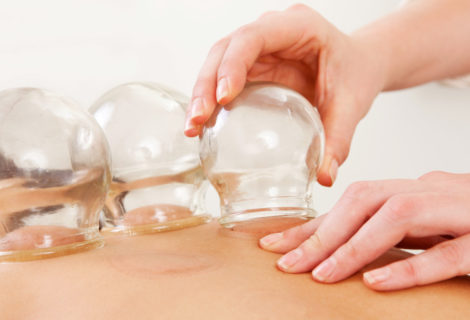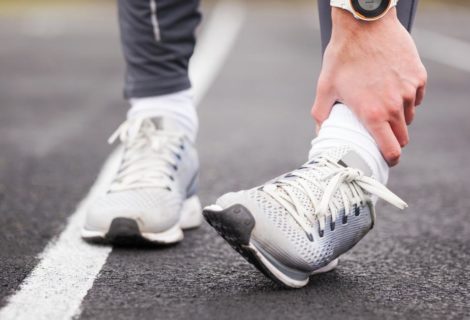Footwear for Health
How do you know if your shoes are actually supporting you through day to day life? What differentiates between a ‘good’ and ‘bad’ shoe? Let’s talk about footwear for health.
A 2018 study in America showed that between 62-73% of the population was wearing incorrectly fitted shoes. In particular children, elderly and those with diabetes. Poorly fitted shoes have been proven to lead to an increased chance of foot pain.
So getting the sizing right is one thing, but making sure it’s actually a ‘good’ shoe is another. So again, what makes a good shoe? We’ll discuss some of the specifics later, but one of the main features is its ability to provide a reduced shock wave during movement.
Research shows that women in particular are more likely to wear poor footwear, both in size and in the ability to reduce shock. As a result, the few women who do wear shock reducing shoes are 67% less likely to experience to report hind foot pain.
We strongly recommend you consider the following when buying your next pair of shoes. When chosen correctly, shoes aid your long term foot health. They also to help make physical activity easier, improve your posture, and decrease the chance of injury!
Below is a comprehensive list of the most important things to keep in mind when going to buy your next pair of shoes:
- Your feet swell after exercise and/or at the end of the day, so try on shoes when your feet are at their largest.
- Make sure you wear the socks you would typically use for the type of activity you will be using the shoes for.
- Have your feet measured every time! Your feet may lengthen or widen with age, change size with weight gain/loss, and require longer shoes if your arch drops. Don’t assume you’ll always need the same size. It’s also quite common to have one foot slightly longer than the other. Provided the difference isn’t significant, then it’s always recommended to buy the size which fits the larger foot.
- The widest part of the shoe should coincide with the widest part of your foot.
- All of your toes need wiggle room. Make sure you have at least a 1-1.5cm gap between the toes and the end of the shoe. You’ll appreciate the space when your foot moves whilst walking or running! NOTE: sometimes your longest digit is the second toe, not the first.
- The shoes should be comfortable as soon as you put them on. Don’t assume they will ‘break in’. Your foot health may suffer in the meantime, and there’s never any guarantee that the situation will improve with time.
- Shoes with laces are preferable to slip-ons. Slip-on type shoes are naturally made thinner so that the foot won’t slip out, which puts unnecessary stress on the foot. There’s also more adjustability to shoes with laces to assist with comfort.
- Try to avoid high heels. The higher the heel, the more stress and cramping occurs to the toes with movement, putting pressure on the forefoot and significantly changing your posture and overall load distribution through many different joints.
- Make sure to walk or run at least a few steps in the new shoes. They should be comfortable for whatever activity you intend to use them for. We also strongly advise you buy the specific shoe type recommended for each sport/activity, as they will be specifically designed to meet your needs.
- The shoe needs to grip your heel firmly enough so that it won’t slip when you move, but not so tight that it will cause you physical pain or discomfort.
- Make sure they’re wide enough. You should never feel squashed at any point in your new shoes. If this occurs, enquire if they stock a wider size. Going up a size in length – but not width – may not actually fix the problem.
- Make sure the inside of the shoe won’t irritate or cause discomfort for your foot – checking for tags, seams, or other material only takes a moment but can make a huge difference for foot health.
- Examine the soles. Is the shoe capable of supporting you? Protecting from harmful objects? Does it promote healthy foot movement? If you’re unsure, a quick way to test is to make sure it has a mild bend and torsion capability around the sole, but can’t bend/twist in half. The heel also needs to be supportive, and not overly bendy. Make sure you don’t buy something with either too much or too little movement available. It should also have an adequate grip. If in doubt, try walking on different surfaces such as carpet and hard floors before buying.
And on a final note: A handy tip when going shoe shopping is to take a tracing of your foot with you. If the shoe is too narrow or short when held against the tracing, don’t even bother trying them on!
If you have any further questions or you’re suffering from foot pain – or poor posture related to your feet – please come and see us. You can book online anytime.
Here at East Gippsland Osteopathic Clinic we have also been trained to perform individualised shoe assessments, and assist in recommending a postural control insert prescription to help those in need of further foot and postural support. You can read more here.
References Better Health Channel. (2014). Footwear for healthy feet. https://www.betterhealth.vic.gov.au/health/conditionsandtreatments/footwear-for-healthy-feet Better Health Channel. (2017). Choosing the right shoe. https://www.betterhealth.vic.gov.au/health/healthyliving/Choosing-the-right-shoe Buldt, A. K., & Menz, H. B. (2018). Incorrectly fitted footwear, foot pain and foot disorders: a systematic search and narrative review of the literature. Journal of Foot and Ankle Research, 11(1), 43. https://doi.org/10.1186/s13047-018-0284-z Dufour, A. B., Broe, K. E., Nguyen, U. S. D., Gagnon, D. R., Hillstrom, H. J., Walker, A. H., Kivell, E., & Hannan, M. T. (2009). Foot pain: is current or past shoewear a factor? Arthritis care & research, 61(10), 1352-1358. https://doi.org/10.1002/art.24733


